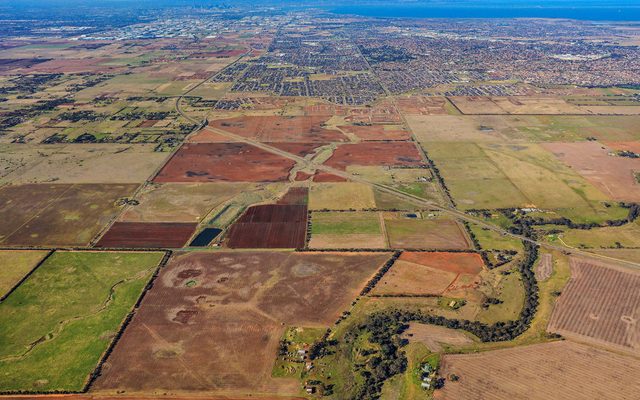This article is from the Australian Property Journal archive
PROPERTY owners in Victoria will be slugged with a doubling of the fire services levy, which the Allan government hopes will raise $1.8 billion per year by 2028 as it struggles to bring its budget under control, while commercial properties “present uncertainty” to the revenue outlook.
On current rates, fire services levy revenue would be $1.033 billion in 2028.
The fire services levy, which was brought in over a decade ago and is paid as part of rates notices, will be renamed as the emergency services and volunteers fund. It will be used to fund the State Emergency Service, Triple Zero Victoria, the State Control Centre, Forest Fire Management Victoria and Emergency Recovery Victoria.
The charge will grow from 8.7c per $1,000 of a property’s capital improved value, to 17.3c in the next financial year. The fixed-cost component will increase consistent with inflation, from $132 to $136.
“Every dollar raised will go towards vital life-saving equipment, vehicles, staff, training for volunteers, community education, and recovery support for when Victorians need it most,” the budget update papers said.
“Fires, floods and storms are becoming more frequent. This dedicated funding will ensure hardworking emergency services have the tools and resources they need to keep Victorians safe.”
An exemption will be available for eligible CFA and VicSES volunteers on their principal place of residence.
The Victorian government maintained its forecasts of improved operating cash and operating results across each year of the forward estimates, with an estimated operating surplus of $1.6 billion in FY26 increasing to $2 billion in FY28.
Before then, however, the FY25 deficit is expected to come in at $3.6 billion – a $1.4 billion blowout from May’s forecast of $2.2 billion. Victoria’s state debt will come in at a whopping $155.2 billion.
Net debt as a proportion of the economy is forecast to fall to 25% by June 2028 – lower than what was forecast in May. Net debt and net debt as a proportion of the economy will improve in every year of the forward estimates, compared to FY25.
“Victoria is the only state seeing net debt as a proportion of the economy fall within the estimates period,” the government said.
In the FY21 budget, net debt in FY24 was projected to be 28.9% of the economy – compared to a result of 21.9% in June, meaning net debt is $21.5 billion lower than originally forecast.
Elsewhere in the update, the government’s traffic congestion levy on parking in inner suburbs and the CBD will soar, as well as be expanded to include locations off Hoddle Street and Punt Road, while the registration fee discount for electric vehicles will no longer apply for 1st January.
The moves are expected to generate $307 million and $165 million in revenue
Commercial properties “present uncertainty”
The government said non-residential properties are beginning to experience higher market activity as “tight credit conditions were a brake on major purchases throughout 2023 and 2024”.
“Higher transaction volumes bode well for land transfer revenue expectations but uncertainty in value growth poses a risk to land valuations and land tax revenue,” it said.
“Industrial property value growth is expected to slow from historic highs in the near-term as supply catches up with demand. Commercial properties continue to present uncertainty to the revenue outlook as the office sector faces value bifurcation of prime and subprime assets and Melbourne CBD retail faces high vacancy headwinds.”
The Victorian government this year introduced commercial and industrial property tax reform which will progressively abolish stamp duty and replace it with what it believes will be a more efficient commercial and industrial property tax.
Revenue from land taxes is expected to be $7.7 billion this financial year, reflecting an expected moderation in the growth of land values. Land taxes are expected to grow by an average of 5.0% per year over the forward estimates, with the cooling in residential property values in 2024, and the moderation of non-residential property value growth, flowing through to land tax revenue in FY26.
Revenue from land transfer duty is forecast to grow this year to $8.7 billion. The forecast increase is driven by rising settlement volumes, supported by population and income growth.
The Victorian government expected Victorian home prices to grow at below trend rates in FY25 and return to around average growth rates the following year, alongside an expected improvement in borrowing conditions.
Land transfer duty revenue is forecast to increase by an average of 5.4% per year over the forward estimates, reflecting the forecast recovery in residential prices and “robust long-term growth drivers”, the government said in its budget update papers.
Tight credit conditions are expected to persist throughout FY25, presenting a risk to revenue from land transfer duty in the near term and land tax in the medium term.




